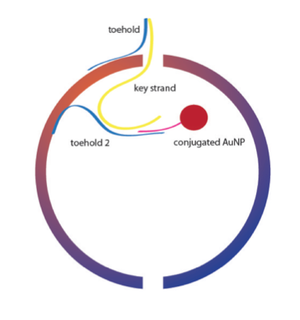Biomod/2011/Harvard/HarvarDNAnos:Design Cargo
<html> <head>
<style>
- column-one { display:none; width:0px;}
.container{background-color: #f5f5f5; margin-top:50px} .OWWNBcpCurrentDateFilled {display: none;}
- content {width: 0px; margin: 0 auto auto 0; padding: 1em 1em 1em 1em; align: center;}
- column-content {width: 0px; float: left; margin: 0 0 0 0;padding: 0;}
.firstHeading {display:none; width:0px;}
- globalWrapper{width:1280px; margin:auto}
body {background: #F0F0F0 !important;}
- column-one {display:none; width:0px;background-color: #f0f0f0;}
- content{border:none;margin: 0 0 0 0; padding: 1em 1em 1em 1em; position: center; width: 800px;background-color: #f0f0f0; }
.container{ width: 800px; margin: auto; background-color: #f0f0f0; text-align:justify; font-family: helvetica, arial, sans-serif; color:#f0f0f0; margin-top:25px; }
- bodyContent{ width: 1267px; align: center; background-color: #f0f0f0;}
- column-content{width: 1280px;background-color: #f0f0f0;}
.firstHeading { display:none;width:0px;background-color: #f0f0f0;}
- header{position: center; width: 800px;background-color: #f0f0f0;}
- footer{position: center; width:1280px;}
</style>
</head> </html>
<html><center><a href='http://openwetware.org/wiki/Biomod/2011/Harvard/HarvarDNAnos'><img src=http://openwetware.org/images/1/1c/Hdnaheader.jpg width=800px></a></center></html>
Cargo

Attachment
Our primary mechanism for attaching cargo involves conjugating 5 nm gold nanoparticles to ssDNA strands complementary to staple strands extending into the the inside of our containers.
- Conjugation of gold to ssDNA was made possible by ordering our ssDNA with thiolated 5' or 3' ends.
Release

We designed two processes to release our cargo within our containers: strand displacement and photo-cleavage.
- For the strand displacement method we engineered a staple extension within each structure complementary to a region of the DNA strand conjugated to our gold nanoparticles. The gold nanoparticles would in turn be displaced by a key strand we engineered to be brought into the vicinity of our structure (most specifically for the sphere) by an exterior toehold, and then would bind to a single stranded region of the container's staple extension, and would then proceed by kinetic probability to displace the conjugated AuNP by preferentially binding to its complementary region with the container's staple extension. (See Figure 1 for a depiction of this process in the sphere)
- For the photo-cleavage method, we designed a staple extension into the interior of our containers that contained a region complementary to the DNA bound to our conjugated gold nanoparticles, but also a photo-cleavable spacer prior to the binding site with the gold nanoparticle's DNA strand. Thus, after binding of the AuNP and the subsequent introduction of UV light, the nanoparticle's attachment to the inside of the container would be severed, and the NP would move freely within until subsequent (or simultaneous) opening of the container. (See Figure 2 for a depiction of this process in the sphere.)
Specific Applications